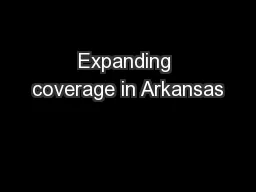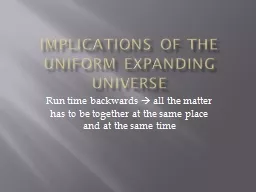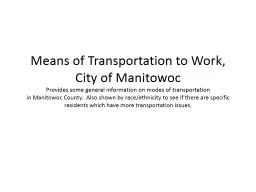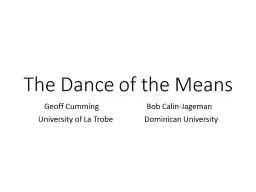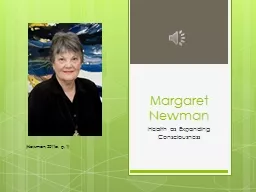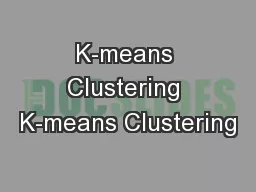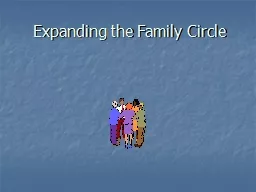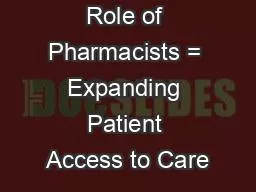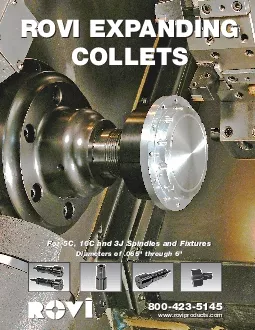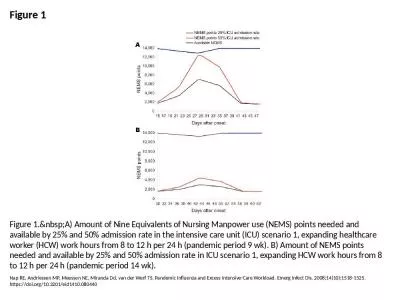PPT-Expanding What It Means
Author : maniakiali | Published Date : 2020-07-03
To Be Accessible Addressing the Workplace Technology Needs of Users with Cognitive Disabilities December 11 2014 200 330 pm EST www PEAT worksorg Jim Tobias
Presentation Embed Code
Download Presentation
Download Presentation The PPT/PDF document "Expanding What It Means" is the property of its rightful owner. Permission is granted to download and print the materials on this website for personal, non-commercial use only, and to display it on your personal computer provided you do not modify the materials and that you retain all copyright notices contained in the materials. By downloading content from our website, you accept the terms of this agreement.
Expanding What It Means: Transcript
Download Rules Of Document
"Expanding What It Means"The content belongs to its owner. You may download and print it for personal use, without modification, and keep all copyright notices. By downloading, you agree to these terms.
Related Documents


